Many of us—particularly those who didn’t grow up on a farm—have some strange stereotypes embedded in our minds about what farms are like. All cows are black and white, all farmers wear overalls, all barns are painted red. One of the oddest ones I remember inheriting is the idea that goats enjoy munching on tin cans. All of my childhood coloring-book imagery had told me this!
Now, I’m sure some goatherd of the past, annoyed over his goats’ propensities to nibble anything they could get in their mouths like an intrepid toddler, may have coined the idea. But those jokes, when not buoyed by real-life experience, sometimes venture far out of joke-land and somehow get lodged into reality, leaving adults like me wondering … what do goats eat anyway? Surely my bag of recyclables isn’t appealing to them, is it?
However, as a new homesteader, I now have had my own goats and have talked with lots of other goat keepers. I’m officially here to dispel the myth and declare to the world at large: Goats don’t eat tin cans. What they do eat is a lot more nutritious and diverse than you might expect!
In general, goats eat the following:
- Foraged foods: tree branches, brambles, berries, herbs, etc.
- Hay: provided by the farmer
- Supplemental nutrients: generally in the form of either storebought or homemade concentrate
Read on to learn more about each food source and how I feed my own goats.
Foraged Food
The first thing you must understand about feeding a goat is their design. Goats, like sheep and cows, are ruminants. That means they have multiple stomachs that are able to handle a wide range of vegetable matter. But unlike sheep and cows, goats are browsers rather than grazers. So, though you may imagine seeing a field full of goats happily munching on grass, they are much more like wild deer in their food preferences.
Though they like grass well enough, a brushy, tangled thicket of saplings, tree branches, and herbs is much more their style! And in fact, among livestock, goats can eat the widest range of plants. They can digest material that other animals cannot, so they can feed on nearly any terrain.

Historically, goats have always been a last-resort animal for pastoral cultures. When the land begins to turn to desert, unable to support the more specific needs of cattle or sheep, goats have always been able to scrape together subsistence from whatever’s left on the land (Shepard, Restoration Agriculture p. 129). Thrifty and tough when the going gets rough, many goats will do what it takes to survive.
But if you’re a goat keeper, you don’t want your goats to just survive … you want them to thrive! And one of the best ways to help your goats enjoy their caprine lives to the fullest is to ensure that they have healthy options for feeding.
Let your goats browse for most of their food, following their natural instincts to reach up—not bend down—for the tasty nibbles they enjoy. Though letting them run wild in the woods is not a good idea, having a large, safe, fenced area with a guard animal can give them the opportunities to find what they love and need.
If you have the infrastructure for it, creating a rotational grazing system would be fantastic. Famed herbalist and animal healer Juliette de Bairacli Levy writes that a goat “needs a portion of twigs, branches, and bark of woodland trees for healthful diet, and suffers in health if deprived of such fare” (de Bairacli Levy, The Complete Herbal Handbook for Farm and Stable, p. 215).
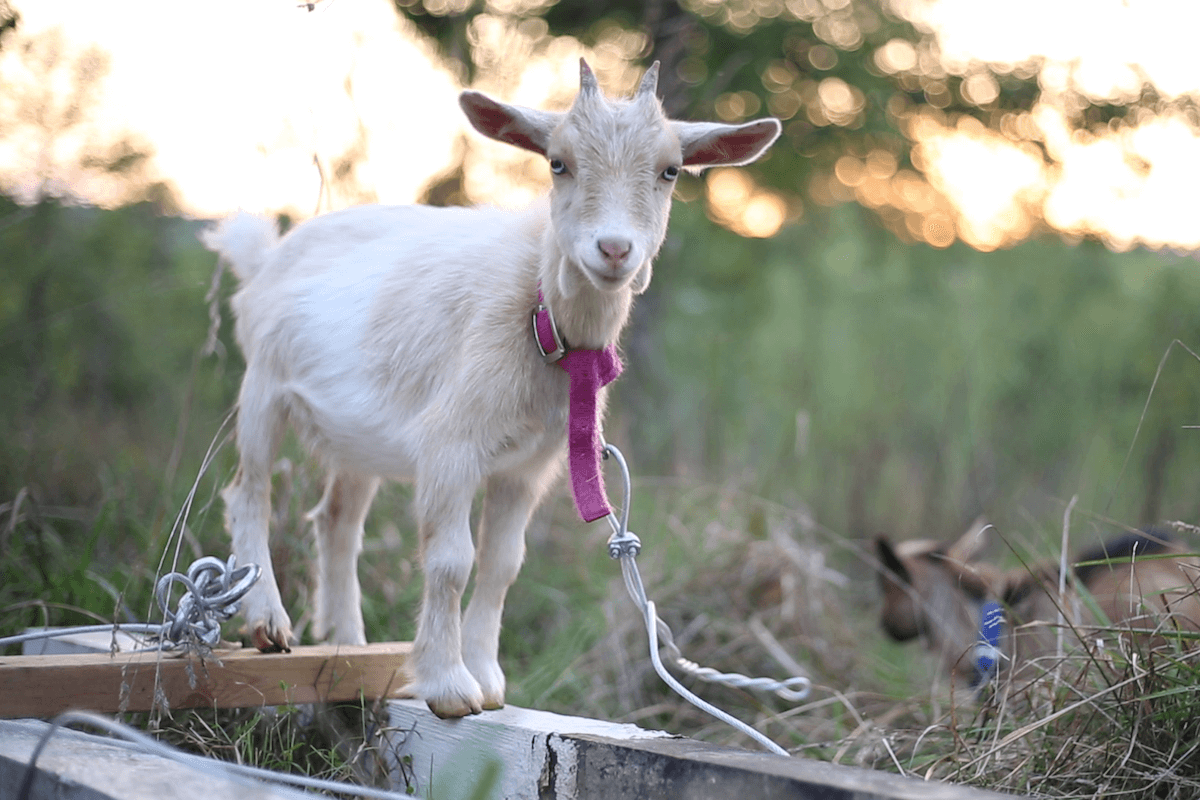
The benefits of letting goats free-range in a wooded area of your property are obvious: you spend less on food, goats get the dense nutrients from wild plants and herbs, and they may not need any supplemental feeds and minerals, depending on how many animals you have. In fact, several studies have shown that common pasture weeds like chicory and plantain are loaded with needed goat minerals like copper and zinc!
Another necessary mineral is cobalt. It allows your goat to synthesize vitamin B12. Many commercial farmers feed their goats alfalfa hay for its cobalt content, but “almost any weed in your garden has more cobalt than alfalfa” (Belanger, Storey’s Guide To Raising Dairy Goats, p. 104). Goats that forage may have far fewer digestive issues than their barn-confined counterparts since grain is not as big a part of their feeding.
Additionally, you can have the satisfaction and delight of watching your goats get to live and act like … well, goats!
Foraging Without Wooded Acres
Now, if you love the idea of feeding your goats naturally but don’t have endless fenced acres of wooded land to offer them, you can still let your goats feed the way they like to. One method that Juliette recommends is walking the herd through woodlands at noon every day. If they’re trained correctly they won’t stray from their keeper (de Bairacli Levy, The Complete Herbal Handbook for Farm and Stable,p. 215-216).
But what if you have to keep your goats confined? You can still offer them the benefits of foraging! Goats will relish fresh-cut branches from most trees—the only ones you really need to avoid are wilted cherry leaves as they are high in cyanide and can be poisonous to goats. Whenever we pruned our fruit trees, our goats were giddy with excitement. To encourage them to eat, hang the branches on a fence post or from a gate, rather than throwing them on the ground. Goats enjoy stretching up to eat their food, rather than picking it from below.
You can also offer your goats fresh-cut herbs and weeds from the garden and from around your land, as long as it hasn’t been sprayed with herbicide, of course! While goats in the wild may have the instincts to know what plants are good and what are bad, confined goats may be curious or bored enough to eat anything and everything you give them.
Hay
Now, if you don’t have the land to let your goats forage, and you don’t have access or the time to collect fodder for your goats, there are more conventional ways to feed them. Dairy goats have somewhat more specific needs than meat goats, but for the purposes of this article, we’ll stick to general food needs.
Goats that depend on you for their feed need hay. “Legume hays, such as alfalfa, clover, soybean, vetch, and lespedeza, provide excellent nutrition for kids, pregnant does, and lactating does. Grass hays, such as timothy, red top, Sudan, bromegrass, and fescue are less nutritious. A good all-purpose hay is a 50-50 grass-legume mix.” (Gail Damerow, 186). Never feed your goats moldy hay. This can make them quite sick.
Common Goat Supplements
If your goats are confined and are being fed hay, they need additional sources of nutrients. This is where concentrate comes in. Sometimes called “grain ration,” this is a concentrated source of protein, nutrients, and minerals. You can buy concentrate pre-made, or you can mix it at home.
Pre-made concentrates will probably contain corn and soy, salt, bran, oil meal, minerals, and molasses. This is certainly the easiest option, but it may not be the cheapest or the healthiest. Many homesteaders avoid store-bought concentrate because they are concerned about the high level of pesticides that can be found in ingredients such as cottonseed-oil meal or the presence of GMO corn and GMO soybean oil meal. Despite this, the convenience factor may tip the scales in the favor of bagged mixes for you.

If you want to make your own concentrate, however, there is a world of options waiting for you. Sunflower seeds, field peas, oats, pumpkin seeds, rye, barley, mangel beets, wheat … the ingredient list of goat-approved choices is long and diverse! The specifics of how to measure the nutritional content of each ingredient is beyond the scope of this article, so if you are deciding to go this route, delve into the livestock section of your library or to join a community online and discuss the merits of each material. Communities like The Goat Spot and Dairy Goat Info are full of folks eager to talk anything goat.
Formulating your own concentrate gives you the opportunity to tailor your goat feed to your specific animals’ needs, whether they are dry, growing, a buck, or a milking doe. Mixing guidelines range from the “handful-o’-this, handful-o’-that” sorts of DIY people to the scientifically minded farmers who chart the protein content of every ingredient with razor precision.
If the very idea is starting to make your head spin, fear not. There are lots of resources online and in the library for how to formulate your own mixes, and plenty of people willing to help a new goatherd find their footing. It won’t take much searching online to find a goat farm in your area, and many opportunities to visit and ask all your questions are just a phone call or email away. Even if you don’t follow their methods exactly, getting to see goat care in action will help you decide how you’re going to go about taking care of your own herd.
The final ingredient to consider when feeding confined goats is minerals. While foraging goats that have access to a variety of plant sources may have little to no need for minerals, you may need to do some research into your local geography to know for sure.
Certain areas west of the Great Lakes are low in iodine, and so providing free-choice iodized salt may be beneficial to your animals. Other areas of the states are low in cobalt, while some are low in calcium. Many areas in the eastern and central United States may be deficient in selenium, while others areas have such high levels that feeds grown on them may cause poisoning.
My advice on the matter is, as before, to talk to goat keepers in your area and to learn how they handle their animals. Ask them what diseases have bothered them in the past, take a look at whether or not they supply free-choice salt or minerals, and weigh the options for your own animals.
What Not To Feed Your Goats
Though goats don’t eat tin cans, they are curious, and will eat non-food items if left alone too long! Of particular concern are obvious toxins like rat poison and herbicides, as well as stomach-binding materials like old carpeting or tarps. Wherever you plan to keep your goats, be sure to keep these sorts of materials well out of reach, or you may have to learn the lesson the hard way like this poor goat keeper.
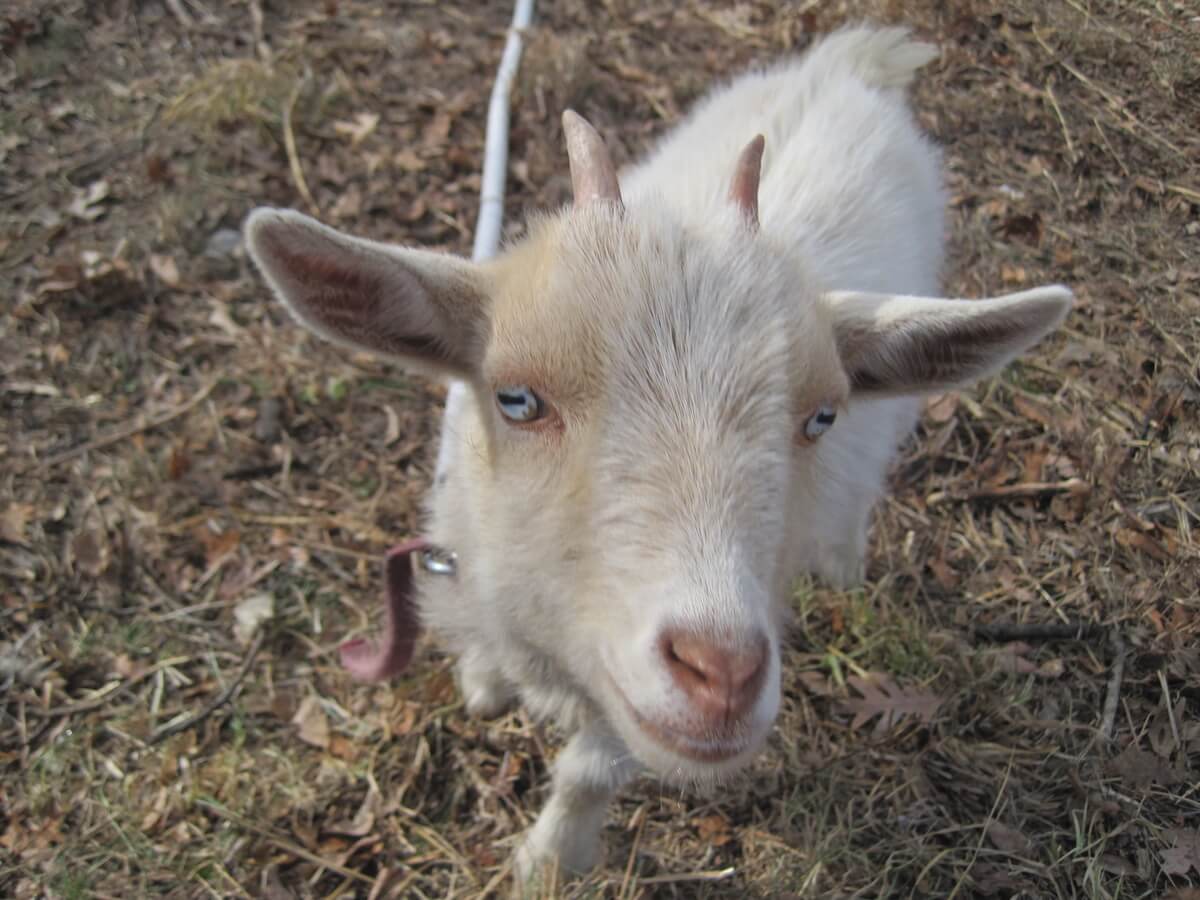
Though goats can handle a lot, there are some plants you should never let them eat. Some garden plants are just plain toxic to them—something that should be kept in mind if your goats are escape artists and are eyeing your decorative plants! The most dangerous is Rhododendron—a few leaves can be deadly.
This is especially important if you have visiting friends who like to “treat” your animals from the yard—particularly children. Take the time to read through this in-depth list of plants that goats should avoid and take the time to get them out of reach of your animals.
Plants That Will Affect Goat Milk
If you are raising dairy goats, particularly for commercial purposes, you probably already know that letting goats have their pick of forest plants is not a good idea. Though they may not be harmful to the goat’s health, certain plants can alter the flavor of goat’s milk, resulting in unpleasant flavors.
Plants such as wild garlic, mint, and onion grass may give you milk that will wrinkle your nose and curl your toes, depending on your tastes. Check out this page for more information on the types of herbs and plants that you might want to keep out of the food supply for your milking does.
Human Food To Avoid
Though they may be great at helping you clean up kitchen scraps, there are some human food items that are best used as occasional treats, not meals, for your goats. Small amounts of stale bread, banana peels, and cabbage hearts are always appreciated, but try to think of them as occasional treats, not the main course. Also, avoid high-calorie, highly refined materials like cakes, chocolate, and bagged snacks.
My Personal Approach To Feeding My Goats
On my homestead, we try to feed our animals as naturally as possible. With a desire for someday having total self-sufficiency, our somewhat old-fashioned approach is to see if we are able to raise 100% of what our animals need from our land itself. We have 12 acres of land, and so we only want to keep as many animals as can be sustainably fed here.
In our case, it was a small herd of three goats. We knew that there would be more than enough food for them without destroying the land either, and that’s the balance that we see as an absolute necessity when it comes to any of our animals.
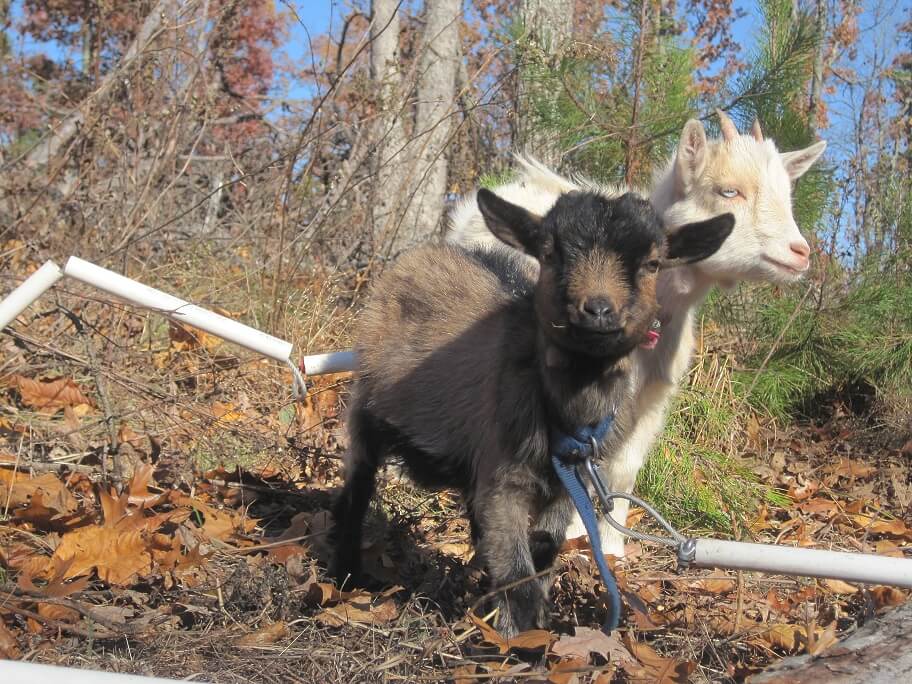
Our Nigerian Dwarf goats don’t eat hay, concentrate, or extra minerals. Deciding to draw from older resources and a nagging feeling that the modern way of doing things is not the only way—nor the best way—we raised our animals almost entirely off our overgrown, weedy new homestead. I couldn’t get behind the idea that the only way my goats could thrive was by buying them medication and bags of goat kibble that contained mystery ingredients and byproducts … that stuff had only been available for 50 or so years, and goats have been around for thousands! Surely they were better-designed creatures than that.
The pastures here had not been maintained for several years before we moved here, and were overgrown with blackberry, multiflora rose, saplings, and more types of grasses and wildflowers than I even knew. Seeing it as a food-filled goat wonderland, we picketed the goats in a new area every day and let them have their fill of what the summer fields and shrubs had to offer.
With the ground thick with plantain, clover, chicory, and dandelion, we let the weeds be their minerals. For treats, we sometimes gave them black oil sunflower seeds. And with every tree we felled as we began to manage our neglected woodlot, we gave them as many maple, apple, and oak leaves as they wanted. We continued feeding them this way through the winter, and since our area of the Ozarks almost never has snow that covers the ground, our goats found forage even through the deep of winter.
Surprisingly, one of their biggest sources of food was all the fallen acorns that our dozens of oaks had dropped. They loved them, blitzing to the piles under the oak trees like kids in a candy store. Any rainy or windy day that we had to keep them inside, we gathered fodder for them from the fields, including a healthy portion of their beloved acorns.
As fall passed and all the deciduous tree leaves fell away, we found that the goats transitioned nicely to eating the endless pine saplings and bramble canes that still grew green over the hills. I never had a single digestive problem with my animals, and we watched their coats grow thick and glossy. All the parasites they’d carried from the overcrowded farm that they had come from slowly disappeared. Our pregnant doe kidded without any assistance, and our hope that animals could be raised this way seems to be validated.
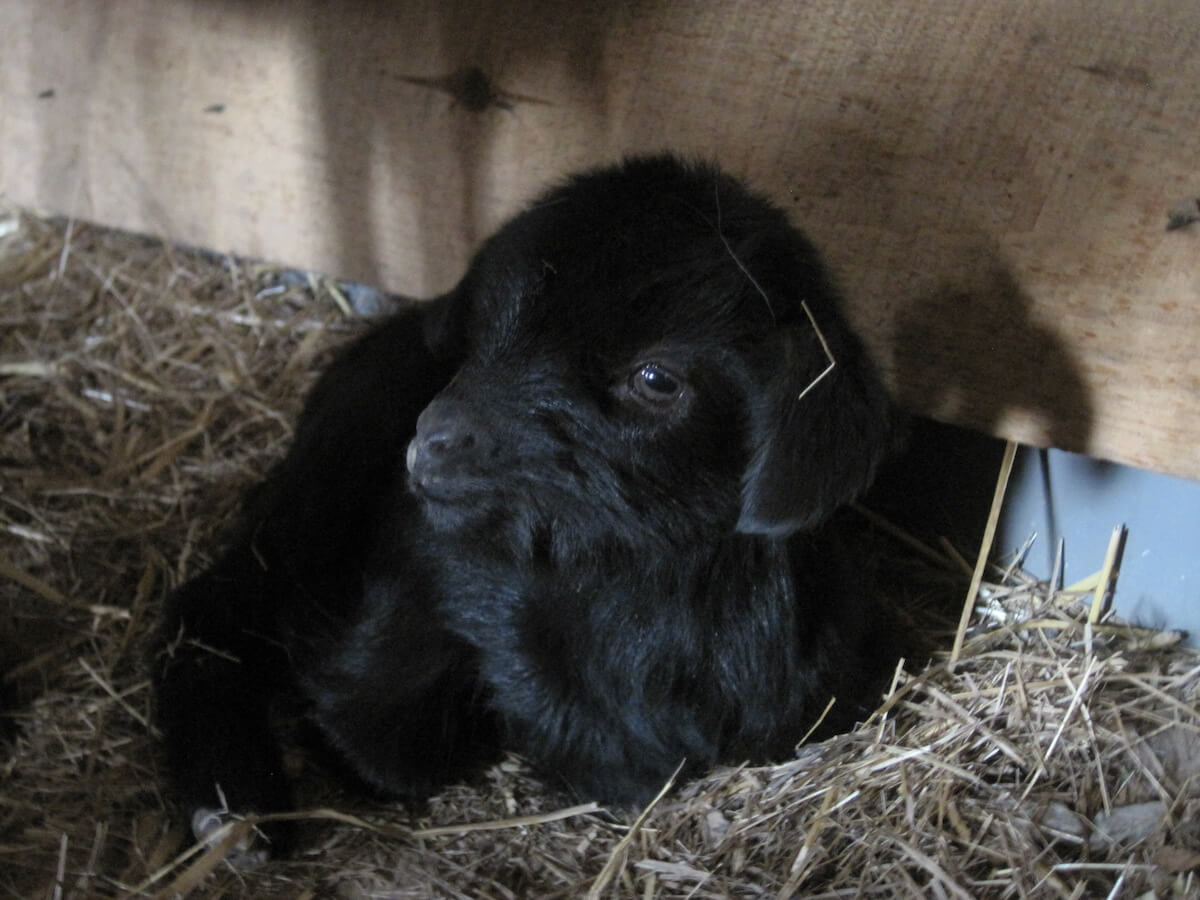
Though you may wonder why I would be so negligent as to let my goats have their fill of oak leaves and acorns, it was a deliberate choice. Despite many of the warnings you may find online, I found that my goats positively relished them. Some websites will go so far as to declare them toxic, while some older resources declare them to be a health tonic. I thought oaks were a problem plant until I talked with a local goat breeder renowned for her high-quality milking stock.
Related Post: Raising Angora Goats for Soft and Sustainable Mohair Fiber
When I saw her prized does nibbling on fallen oak leaves, I expressed my book-learned concern and received a relaxed shrug in return. She’d never seen any negative effects and had decided to read her goats, not just the books. After that, I decided to do the same. I know that my goats ate their fill of ripe acorns throughout the winter, also with no ill affects. It wasn’t the sole element of their diet, however. As anyone who ate way too many berries as a child knows, even really good food can have bad consequences if eaten in excess!
At the end of the day, when it comes to feeding your goats, the most important thing is to take the time to do your research, ask questions, and to pay attention to your animals. It takes time to get it right. You’ll have to experiment, make mistakes, learn from them, and continue improving your methods for caring for your herd. The longer you live with these quirky animals, the better you’ll understand their needs. And the better you understand their needs, the more rich, ridiculous, and enjoyable your life with goats will be.
Resources
- Do Goats Eat Tin Cans?, Goats In The Backyard
- No, Goats Do Not Eat Tin Cans, Modern Farmer
- The Dos and Don’ts Of Feeding Your Goat Naturally, Anglo Nubian Goat Society
- Azalea Toxicity in Goats, LSU AgCenter
- Graze goats to clean up trees, brush, weeds and other unwanted plants, Leopold Center
- Toxic Plants and the Common Caprine, Cornell University Department of Animal Science – Plants Poisonous to Livestock
- The Complete Herbal Handbook for Farm and Stable, Juliette de Bairachli Levy
- The Backyard Homestead Guide to Raising Farm Animals, Gail Damerow
- Storey’s Guide to Raising Dairy Goats, Jerry Belanger



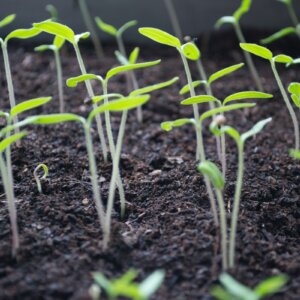





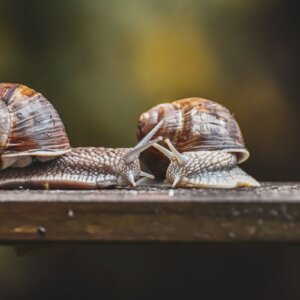



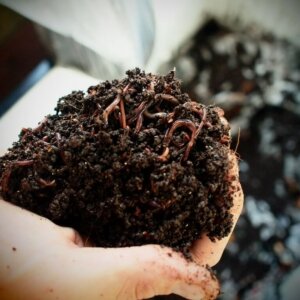



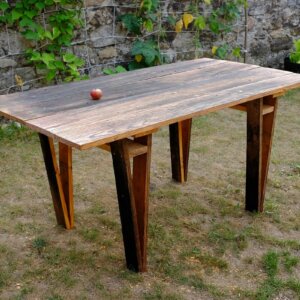


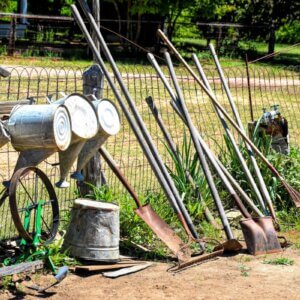


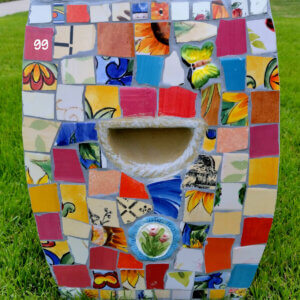

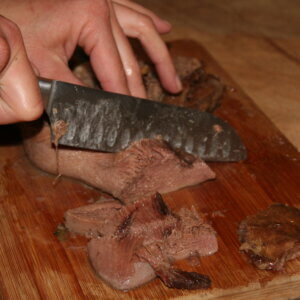

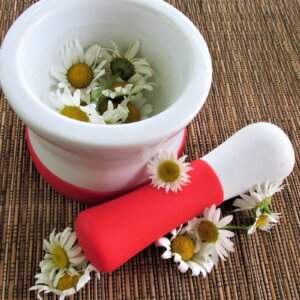


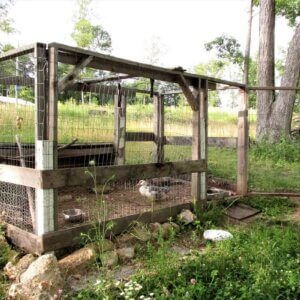


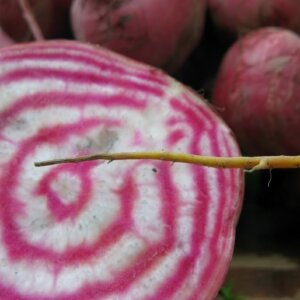






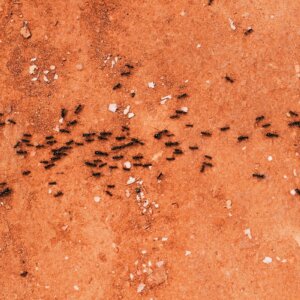
The tin can theories came about from goats eating the paper labels and glue off of the cans
The more you know! Thanks for that bit of trivia to help fill in the blanks, Gary. Either way, I don’t want my goats eating glue, haha. Much better things to chow down on!
Hi Wren! Thx for all this information. We’re in Germany and I’m worried my kids fed the neighbor goats some plants that made them very ill. Would you be able to answer some questions for me?